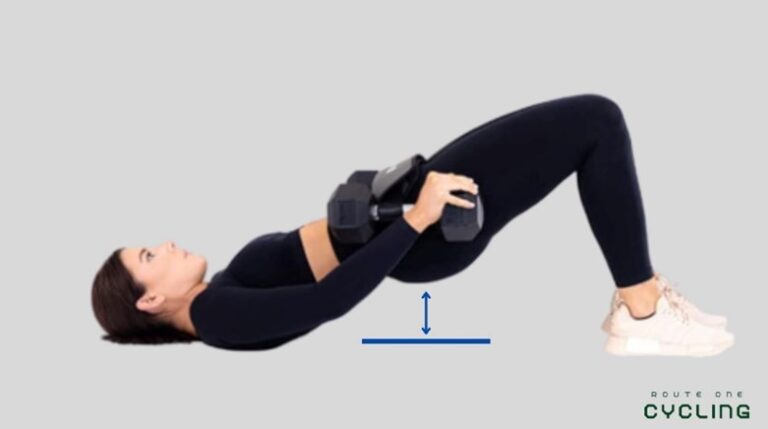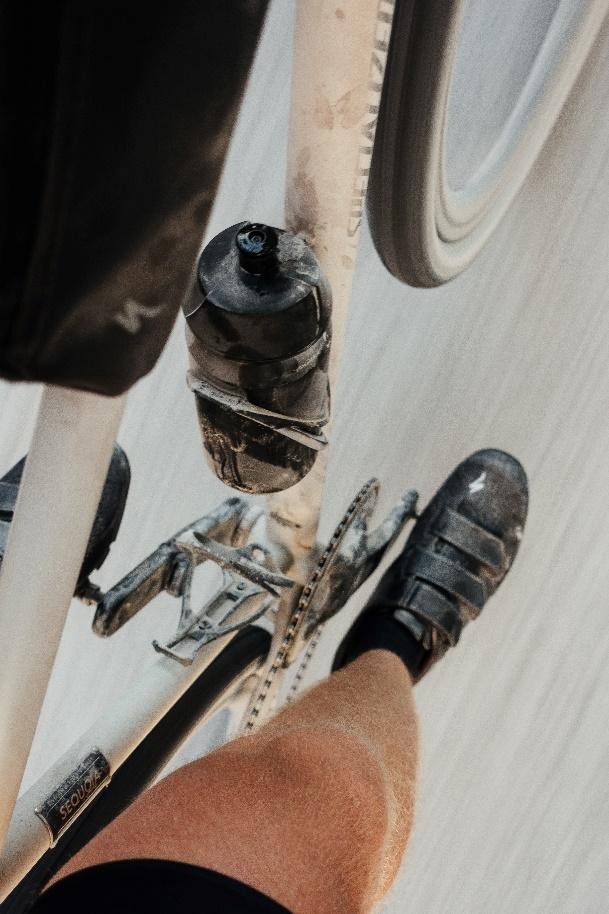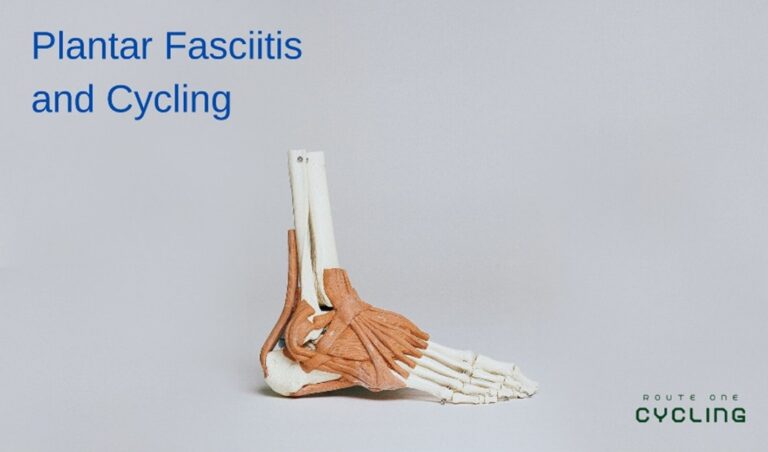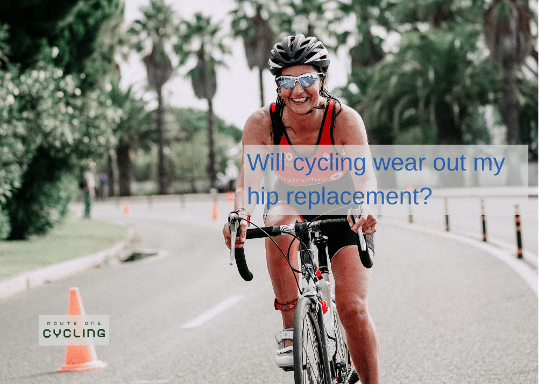Can I bike with Shin Splints? [Split Shins Pain Guide]
Every endurance athlete under the sun has had a form of shin splints. You recognize the sharp pain lining your shins as if they are on the verge of breaking. When you are running, jogging or warming up for any event, you think there is no way that this can continue. Even as a cyclist, after years of endurance running, my shins are still tight. Many people are asking me can I bike with shin splints?


Yes you can.
In this post we will tell you how to solve your shin splint problem. We will also talk you through the benefits of cycling with shin splints. You will learn the benefits of cooling down, stretching and making your shins whole again. You will also learn if your shin splints will hurt while biking, and what you can do to avoid shin splints while biking. Finally we will discuss the positives of cycling with shin splints.
Can I bike with shin splints?
Yes, you can bike with shin splints. Cycling is a no-impact sport and the reason why shin-splints come on is due to overuse in the body. Cycling allows you to work the muscle without the constant impact on the shins that running or other exercise would do to the body. If you are cycling, you typically will not feel any pain in the shins because there is no repetitive pounding against the shin bone and the adjacent muscle that lift and lowers the toes.
Why can I bike with shin splints?
There are several sports that are no impact and are great for the body because they give the same stimulation to the body as running, without hitting the ground to get the same strength building affect. Cycling is one of those sports. When you ride, you are also flexing and stretching the muscles so that they are able to move forward without landing on the heel which makes the shin muscles retract so violently leading to extreme discomfort.
What to Remember when Cycling with Shin Splints:
When cycling with shin splints it is important to have an all around regimen to be able to cure the problem. This includes:
- Ice: Read our guide here for different ice & anti inflammatory solutions for the body. I recommend Ice Cupping because it is the most effective at targeting shin splints; though any form will work well to return the body back to its regular relaxed state after a workout.
- Massage: Read our guide here to learn about giving yourself a deep tissue massaging to rub out the inflammation and allow you to relax. This should be done often to relax the muscles and allow them to be prepared for the following workout the next day. Your first option is to use your fingers for a deep massage into the muscle. Your second option is to use a foam rolling massage to help engage the muscles in the calves and help them relax. As they relax they will not tug against the shins while cycling.
- Stretch: There are different stretches available to work out the shins and stretch the offending muscles. Typically it is best to strengthen the shin splints with toe raises (10 on each foot, 3x each) and following to stretch the muscles following. The most effective stretch is to take the front of the foot on a stair-step and allow the back heel to fall. The user will feel a generous stretch in muscles in the shin and calf.
- Proper bicycle fit: Follow our guide here for a proper bicycle fit. An improper bicycle fit will lead to many issues. It is very unlikely to make any overuse injury worse by cycling, though improper bicycle fit may exacerbate the shin splint problem. If you would like to go to a shop, follow this guide to have a good idea of what to ask and how much it will cost you.


Do shin splints hurt while biking?
No, shin splints do not hurt while biking. If they do, then there may be an issue with your bicycle fit. Your shins should feel loose and comfortable while biking. It is an excellent warm-up, workout and cooldown for the body because there is no impact to cause the body to become inflamed. If you feel pain while you are biking, it is recommended to go speak with a physical therapist or trainer about why you are experiencing this pain in your shins while biking. The best choice for healing shin splints typically is to ride your bike as a cool down, or even as a replacement for other workouts to give your body rest.
What should I avoid with Shin Splints?
When an athlete has shin splints, they ought to avoid any type of workout that they feel high impact in their legs. This is why cycling is great for shin splints. You continue to work the muscles in the shins, heels, calves and legs though there is no impact in the muscles to cause them to become inflamed. With shin splints, it is even safe to increase intensity because the majority of the inflammation occurs from the impact on the body rather than weakening of muscles or tendons.
Will Cycling make Shin Splints worse?
No, cycling will not make shin splints worse. It is highly unlikely that cycling will make any injury worse unless the rider has improper bicycle fit on the bike. Shin splints will not get worse if you cycle, and to speed up recovery it is recommended to ride, ice, massage, and rest the shins so that you are able to go back out for the next exercise routine.
Is cycling bad for shin splints?
Cycling is not bad for shin splints. Cycling is great for shin splints because it provides the same cardio activity as other workouts, yet there is zero impact to hurt the muscles affected by shin splints. There are very few other workouts that you can do that would be better for shin splints outside of cycling and it is encouraged to continue cycling when working through shin splints.


Conclusion
Can I bike with shin splints? Yes, you can and you absolutely should. It is one of the most advantageous ways to improve your cardiovascular system and maintain strength while improving your shin splints. Combine cycling with massage, ice and rest to make sure that the shin splints to do not come back. Combining cycling with your own routine and regimen is one of the most efficient ways to recover from shin splints.



![Cycling and PSA Levels [The Easy Guide]](https://routeonecycling.com/wp-content/uploads/2023/07/cover-photo-how-long-should-i-stop-cycling-before-a-psa-768x549.jpg)



![Is Cycling Good for Hip Pain? [Nip the Hip. Stop Drain. Feel less Pain]](https://routeonecycling.com/wp-content/uploads/2023/05/shouldicyclewithhippain-768x550.png)